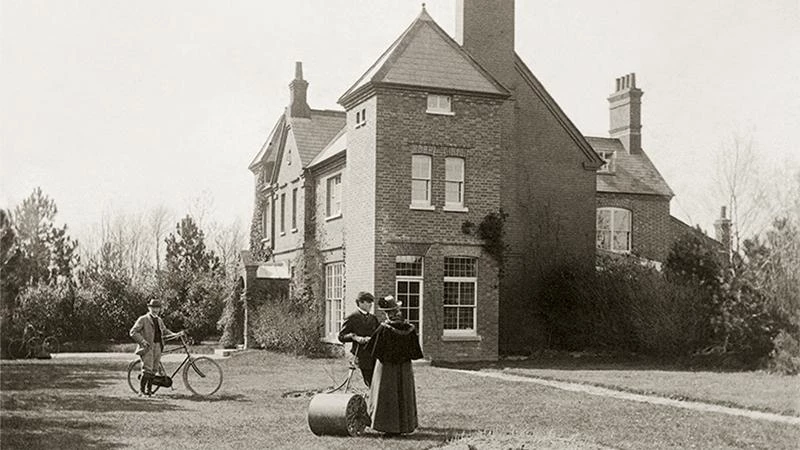
A writer and an architect, Thomas Hardy (1840-1932) is not acknowledged in both creative fields on equal terms. As a writer he is considered one of the greats of English literature, and is immensely popular thanks to film adaptations of many of his novels; as an architect, however, he is not given much importance, having almost always worked for others, and Max Gate – his own home near Dorchester and his only work of significance – being deemed mediocre. Now the architecture critic Kester Rattenbury has set out to revise this reputation, and not so much by finding heretofore ignored attributes in Max Gate as by presenting Hardy as a conceptual architect whose most important work would be Wessex, the name he gave to the imaginary setting of his stories, in the line of William Faulkner’s Yoknapatawpha (which the author nevertheless does not mention) or, for Spanish readers, Juan Benet’s Región or Antonio Muñoz Molina’s Mágina.
Rattenbury rereads Hardy novels where architects or builders are leading characters – A Pair of Blue Eyes, Jude the Obscure – to look for references that might support her thesis, but she ultimately has to settle for “architectural ways of seeing,” comments about the dignity of craftsmanship in a disappearing rural world, or observations about interventions on historical buildings (Hardy, who follows the steps of Pugin or Ruskin, wrote ‘Memories of Church Restoration,’ an essay that ensures his importance in the field of heritage preservation). Though she acknowledges that architecture’s presence in the novels mostly lies in descriptions of the landscape, Rattenbury does not hesitate to arm her thesis with a line-up of names, from Palladio to Le Corbusier, Venturi, Koolhaas, or Tschumi, all copiously cited as conceptual architects among whom Hardy should be counted not only as “the greatest conservation thinker and campaigner of all time,” but also as someone belonging “among the greatest of all conceptual architects.”
Rattenbury’s exaggerated claims weaken her main point, which would make Hardy a pioneer of landscape through the literary construction of Wessex. The first mention of this fictional territory is in Far from the Madding Crowd, but the first attempt to depict it is in The Return of the Native, with the map of Egdon, setting of the novel published in 1878. Two years before that came The Hunting of the Snark, the marvelous ‘nonsense poem’ of Lewis Carroll, with illustrations by Henry Holiday and including the famous empty map of the ocean, which because of the absence of coasts can be used to represent any place! But without a doubt he who wrote Alice in Wonderland and Through the Looking Glass was also an extraordinary conceptual architect.






